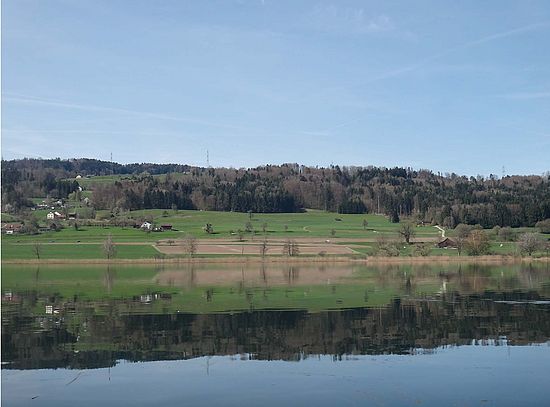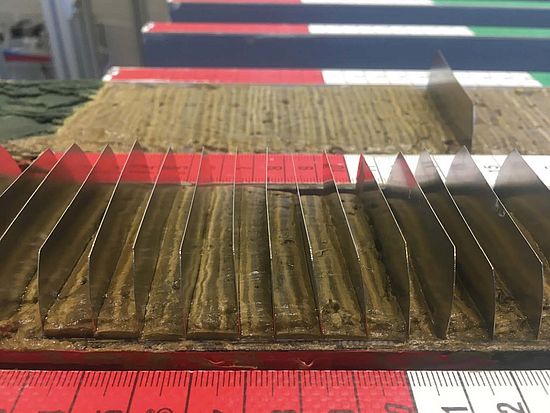Organic Geochemistry Group
Our group focuses on using chemical markers to reconstruct interactions between plants, humans, and climate in the recent geological past.
Research Overview
Our research aims to enhance our ability to understand past climatic and ecological change by strengthening and expanding our paleoproxy toolkit. Our work weaves together three main threads: empirical calibrations of proxy responses along modern environmental gradients, experiments designed to test the mechanistic underpinnings of proxies, and applications to sedimentary records.
Specific projects:
ADAPT: Algal Dynamics And Productivity through Time
The occurrence and species composition of algae in lakes influence water quality, food webs and the carbon cycle. One of the best ways to understand algae in the present and how they will react to future changes is to study their past occurrence by analyzing their remains in lake sediments. New methods based on lipid biomarkers and sedimentary DNA can help to reconstruct a more complete picture of the past. The overall goal of my Swiss National Science Foundation project, ADAPT, is to understand how algae in lakes have reacted over time in response to human and natural changes. The project begins by assessing how well chemical fossils in water and surface sediments represent current species composition of algae. These measurements are then applied to sediments to study how algae in Swiss lakes (1) reacted to rising and falling phosphorus concentrations in the 20th century, (2) how they reacted to changes in water quality caused by ancient Romans, and (3) to what extent they have changed in the last 10,000 years independently of human influence.



Quick Links
Social Media
